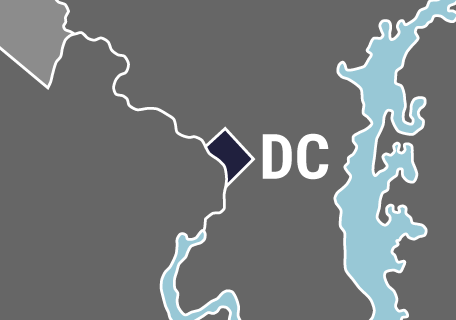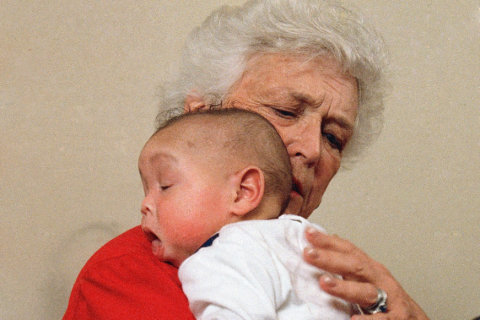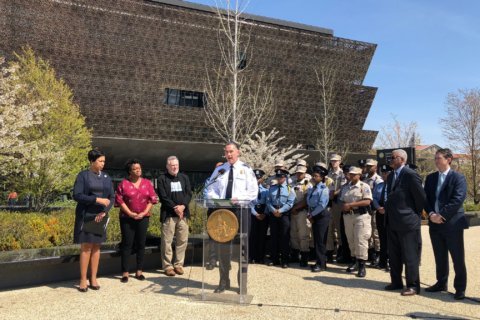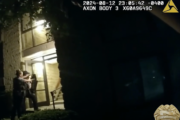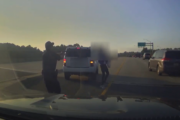WASHINGTON — Instead of getting an ambulance, some 911 callers in the District could be sent a taxi or a Lyft. It’s part of an effort to free up ambulance crews for the most serious emergencies.
“More frequently than any of us are comfortable with, the calls that we get are in fact not emergencies,” said D.C. Mayor Muriel Bowser, “and those calls are taking up an ambulance and taking up space in an emergency room.”
Under the program launched Thursday, callers with issues that are not life-threatening will be directed to a medical clinic or urgent care facility; 23 of those facilities around the city are taking part in the program.
Decisions on whether to send a patient to a doctor’s office instead of a hospital will be made with the help of a new “nurse triage line.” Emergency call-takers will be able to transfer callers who meet certain criteria to a nurse who’s experienced in emergency medicine. The nurse can then decide if the caller should be directed to a clinic or urgent care and can arrange transportation.
“For most of our callers who go through the nurse triage line, they’ll actually be sent a vehicle to pick them up right away,” said Dr. Robert Holman, medical director for D.C. Fire and EMS. Either taxis or Lyft vehicles would be provided.
The city already uses a private ambulance company to respond to lower priority calls.
Bowser bristled at the idea that the triage line would create an extra hurdle for those truly in need of an ambulance. “No one is being pawned off on anything,” she said.
“If our system determines that it is a nurse triage-eligible call, then they will go to the nurse triage and the nurse will help walk them through their issue.”
Holman added that “taking patients with a sore throat or a bladder infection to the emergency department” instead of a primary care facility “is bad medicine.” Those patients would interfere with the care of more serious cases in the emergency room and would get better care in a doctor’s office, he said.
“We’re going to ramp this up very slowly,” Holman said of the program.
At first, he said, 65 calls per day will be taken on the nurse triage line. He hopes the line can handle up to 130 calls per day in six months and even more later on.
The program will operate every day of the year from 7 a.m. to 11 p.m.


